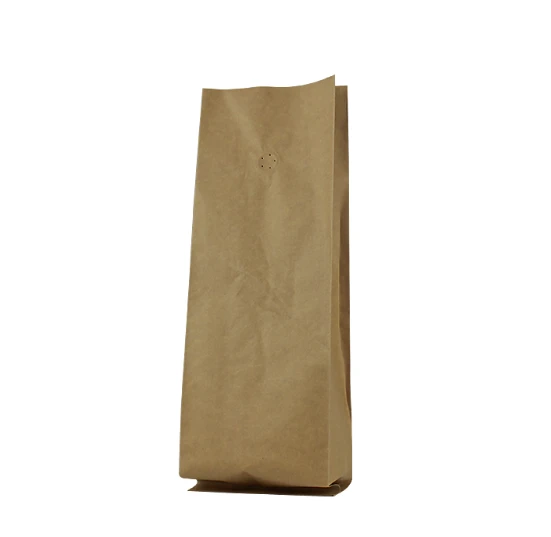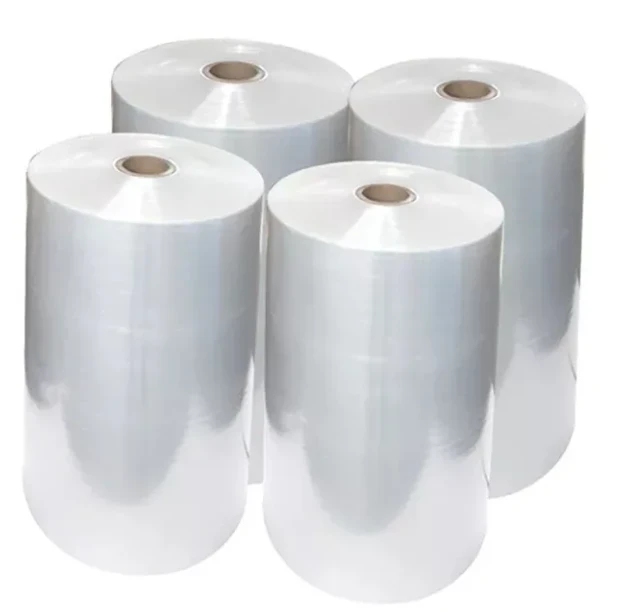- Afrikaans
- Albanian
- Amharic
- Arabic
- Armenian
- Azerbaijani
- Basque
- Belarusian
- Bengali
- Bosnian
- Bulgarian
- Catalan
- Cebuano
- chinese_simplified
- chinese_traditional
- Corsican
- Croatian
- Czech
- Danish
- Dutch
- English
- Esperanto
- Estonian
- Finnish
- French
- Frisian
- Galician
- Georgian
- German
- Greek
- Gujarati
- haitian_creole
- hausa
- hawaiian
- Hebrew
- Hindi
- Miao
- Hungarian
- Icelandic
- igbo
- Indonesian
- irish
- Italian
- Japanese
- Javanese
- Kannada
- kazakh
- Khmer
- Rwandese
- Korean
- Kurdish
- Kyrgyz
- Lao
- Latin
- Latvian
- Lithuanian
- Luxembourgish
- Macedonian
- Malgashi
- Malay
- Malayalam
- Maltese
- Maori
- Marathi
- Mongolian
- Myanmar
- Nepali
- Norwegian
- Norwegian
- Occitan
- Pashto
- Persian
- Polish
- Portuguese
- Punjabi
- Romanian
- Russian
- Samoan
- scottish-gaelic
- Serbian
- Sesotho
- Shona
- Sindhi
- Sinhala
- Slovak
- Slovenian
- Somali
- Spanish
- Sundanese
- Swahili
- Swedish
- Tagalog
- Tajik
- Tamil
- Tatar
- Telugu
- Thai
- Turkish
- Turkmen
- Ukrainian
- Urdu
- Uighur
- Uzbek
- Vietnamese
- Welsh
- Bantu
- Yiddish
- Yoruba
- Zulu
Calculating the Volume and Dimensions of a Rectangular Box for Various Uses
Understanding the Dimensions of a Rectangular Box
A rectangular box, commonly known as a rectangular prism, is a three-dimensional shape characterized by its length, width, and height. Understanding the dimensions of a rectangular box is crucial in various fields, including architecture, manufacturing, packaging, and everyday life, where accurate measurements ensure functional and aesthetically pleasing designs.
1. Definition of Dimensions
The dimensions of a rectangular box are usually described using three linear measurements
- Length (L) This is the longest side of the rectangular box. When discussing dimensions, it is typically considered the principal dimension, especially for objects that are longer than they are wide or tall.
- Width (W) Often referred to as breadth, width is the second dimension of the rectangular box. It is the shorter side of the rectangle that lies perpendicular to the length.
- Height (H) This dimension indicates how tall the rectangular box is. It runs vertically from the base to the top of the box. In many contexts, height is crucial when determining the capacity of storage or the visual proportion of design elements.
These three dimensions work together to define the overall shape and volume of the box
.2. Volume Calculation
One of the primary reasons for understanding the dimensions of a rectangular box is to calculate its volume. The volume (V) can be calculated using the formula
\[ V = L \times W \times H \]
dimension of rectangular box

This formula provides the total space enclosed within the box, measured in cubic units, such as cubic meters or cubic inches. Knowing the volume is essential for various applications, such as determining the amount of material needed to fill the box or assessing how much storage space is available.
3. Surface Area Calculation
In addition to volume, the surface area of a rectangular box is another important aspect tied to its dimensions. The formula for calculating surface area (SA) is
\[ SA = 2(LW + LH + WH) \]
Understanding the surface area is particularly useful when considering materials for constructing the box, as it indicates how much external material will be required. For instance, when designing packaging, knowing the surface area helps in determining the amount of cardboard needed to create the box.
4. Practical Applications
The dimensions of a rectangular box are applicable in numerous real-world scenarios. For example, in logistics, companies often need to pack products efficiently. By understanding the dimensions, they can optimize shipping costs and ensure that products fit into containers without wasted space. In construction, architects design spaces that utilize rectangular boxes for rooms and structural components, ensuring functional use of areas while maintaining aesthetic appeal.
Additionally, in education, students learn about the dimensions of rectangular boxes through geometry, which reinforces concepts of measurement, proportion, and spatial reasoning. These concepts are foundational not only in mathematics but also in everyday life, where one often interacts with various objects that are box-like in shape.
5. Conclusion
In summary, the dimensions of a rectangular box—length, width, and height—are fundamental measurements that inform us about its volume and surface area. These dimensions play a vital role in a variety of practical applications, from shipping and storage to architecture and education. Understanding how to work with these measurements allows individuals and industries to optimize designs, materials, and spaces effectively. Whether you are packing up items for a move, designing a new product, or engaging in a classroom activity, the knowledge of rectangular box dimensions proves invaluable in facilitating efficiency and clarity in a myriad of tasks.













